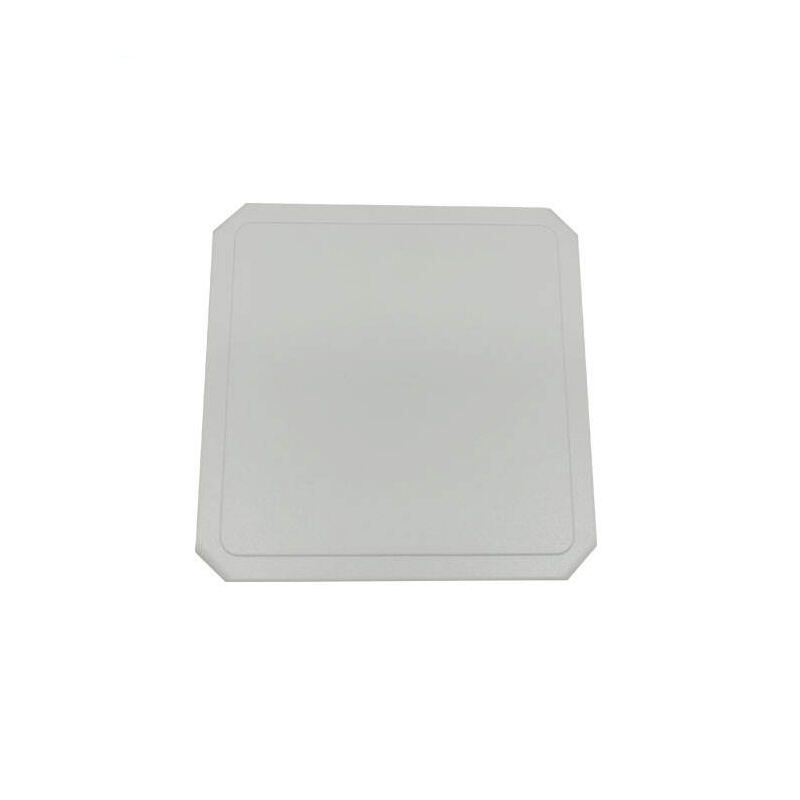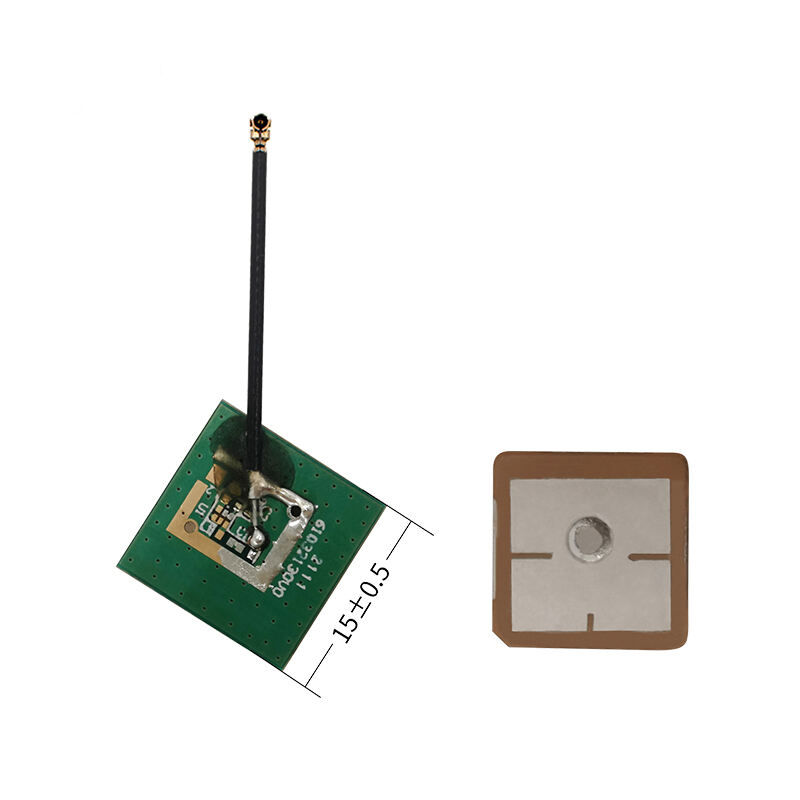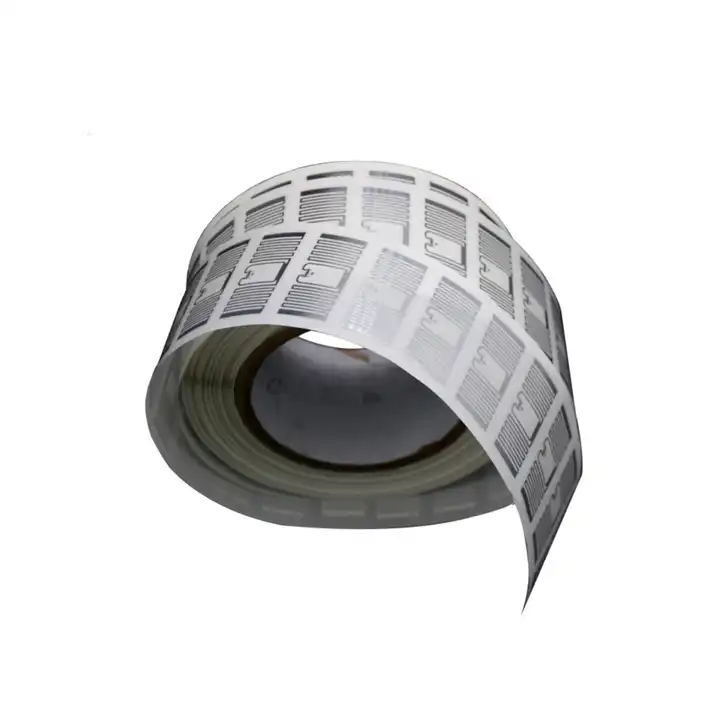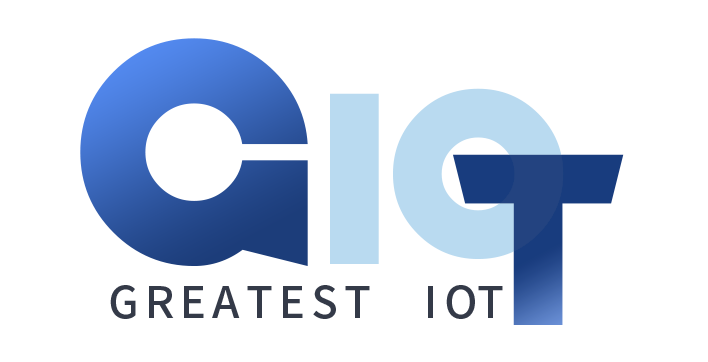في بيئة التجزئة اليوم سريعة الخطى، الكفاءة والدقة، وخبرة العملاء هي الأهمية القصوى. إحدى التقنيات التي أحدثت ثورة في هذه الجوانب هي علامات الراديو الفريد ذات التردد العالي للغاية (UHF) في هذا المقال، سنبحث في ما هي علامات UHF، وكيف تعمل، وأهميتها في عمليات التجزئة.
علامات UHF هي نوع من تكنولوجيا تحديد الترددات الراديوية (RFID) التي تعمل في نطاق الترددات من 860 ميغاهرتز إلى 960 ميغاهرتز. وهي تتكون من رقاقة تخزن البيانات و هوائي ينقل هذه البيانات إلى قارئات RFID. بسبب قدرتها على نطاقات قراءة واسعة وتبادل البيانات السريع ، أصبحت الخيار المهيمن في تطبيقات مختلفة على مستوى العالم.
عمل علامات الـ (يو إتش إف) يعتمد على الحقول الكهرومغناطيسية عندما يقوم قارئ الراديو الفيديو بإصدار موجات راديوية، فإنه يُشعّل علامات الـ UHF في محيطه. هذا التحفيز يسمح للعلامات بنقل معلوماتها المخزنة إلى القارئ. إنها عملية سلسة يمكن أن تحدث على مسافات عدة أمتار، مما يجعلها مثالية للتطبيقات التي تتراوح من إدارة المخزون إلى معاملات العملاء.
تختلف علامات UHF بشكل كبير عن علامات التردد المنخفض (LF) والتردد العالي (HF):
إحدى الفوائد الرئيسية لوسوم RFID UHF هي قدرتها على تعزيز إدارة المخزون. يمكن لتجار التجزئة تحقيق رؤية في الوقت الحقيقي للمخزون، مما يسمح بتنبؤ أفضل وتحسين مستويات المخزون. على سبيل المثال، عندما يتم بيع العناصر أو نقلها، يتم تحديث البيانات على الفور في النظام، مما يقلل من فرص الإفراط في المخزون أو النقص في المخزون.
استخدام علامات UHF يعزز تجربة العملاء بشكل كبير. من خلال أتمتة عمليات التحقق من المخزون وتسريع عملية الدفع، يمكن للمتجزرين خلق تجربة تسوق أكثر سلاسة. على سبيل المثال، تسمح أنظمة التسجيل الذاتي المفعولة بواسطة RFID للعملاء بدفع ثمن العناصر دون إدخال كل منتج يدويًا، وبالتالي تقليل أوقات الانتظار.
التشغيل الآلي هو حجر الزاوية لعمليات التجزئة الحديثة، وتسهل علامات UHF ذلك من خلال إدارة المخزون الفعالة. يمكن لمتاجر التجزئة مسح رفوف أو عربات كاملة من المنتجات بسرعة باستخدام تكنولوجيا UHF. هذه القدرة لا توفر الوقت فحسب بل تضمن أيضًا معلومات المخزون الدقيقة والحديثة.
واحدة من الميزات المميزة للعلامات الفورية UHF RFID هي نطاق القراءة الموسع، والذي يمكن أن يتجاوز 10 أمتار في الظروف المثلى. هذه الميزة مفيدة بشكل خاص في مساحات التجزئة الكبيرة حيث قد يكون المخزون منتشراً في العديد من الممرات.
على عكس الرموز الشريطية التقليدية التي تتطلب خط الرؤية ويمكن قراءتها واحدة فقط في كل مرة، يمكن قراءة علامات UHF في وقت واحد. هذه القدرة تسمح للشركات بإجراء إحصاءات المخزون وتتبع العناصر بكفاءة أكبر.
في السنوات الأخيرة، انخفضت تكلفة تكنولوجيا الراديو الفيديو، وخاصة علامات UHF، بشكل كبير. هذا التخفيض، جنبا إلى جنب مع كفاءتهم على المدى الطويل وفوائد الأتمتة، يجعلهم حلًا اقتصاديًا قابلاً للحياة لتجار التجزئة.
علامات UHF لا تقدر بثمن لتقديم تحديثات المخزون في الوقت الحقيقي. يمكن لتجار التجزئة مراقبة مستويات المخزون بشكل مستمر، مما يسمح بإعادة ترتيب الأسهم وتعديلها على الفور حسب الحاجة.
تقنية RFID تقلل من سرقة وفقدان المخزون من خلال قدراتها على تتبع. يمكن لمتاجر التجزئة إعداد تنبيهات لإزالة البضائع دون إذن ومراقبة حركة المنتجات في جميع أنحاء المتجر.
إن إدخال علامات UHF في إدارة سلسلة التوريد يمكّن تجار التجزئة من تتبع المنتجات من اللحظة التي تصل فيها إلى مراكز التوزيع إلى وقت مغادرتها إلى رفوف المتاجر. هذه القدرة على التتبع تعزز دقة إدارة المخزون وتساعد على تحديد اختناقات في سلسلة التوريد.

التفاصيل : هوائي RFID عالي الأداء يوفر مواصفات مكاسب 6 دبي. إنه مثالي لكل من التطبيقات الداخلية والخارجية

المزيد من المعلومات : هذا الهوائي خفيف الوزن مناسب للتطبيقات في أجهزة الكترونيات السيارات وأجهزة المراقبة.

رابط المنتج : تم تصميم هذه العلامات لتركيبها بسهولة على أشياء مختلفة، مما يوفر قدرات RFID السلبية بعيدة المدى.
تعمل علامات RFID UHF على ترددات أعلى، مما يوفر فوائد مثل نطاق قراءة أطول ونقل بيانات أسرع.
نعم، بسبب متانتها وقدراتها الطويلة المدى، تعتبر علامات RFID UHF مناسبة للقيام بمهام في الهواء الطلق مثل تتبع المركبات وإدارة الأصول.
في الختام، يمكن أن يغير تكامل تكنولوجيا RFID UHF عمليات التجزئة، مما يوفر كفاءة ودقة ورضاً للمستهلك. الشركات الراغبة في تبني هذه التكنولوجيا المتطورة ستحصل بالتأكيد على فوائد طويلة الأجل، مما يجعلها تنافسية في المشهد التجزئة الحديثة.
من خلال فهم وتنفيذ علامات UHF ، لا يعمل تجار التجزئة فقط على تبسيط عملياتهم ولكن أيضًا يقدمون تجربة تسوق متفوقة لعملائهم.

Copyright © ©Copyright 2024 Greatest IoT Technology Co., Ltd all rights reserved - Privacy policy